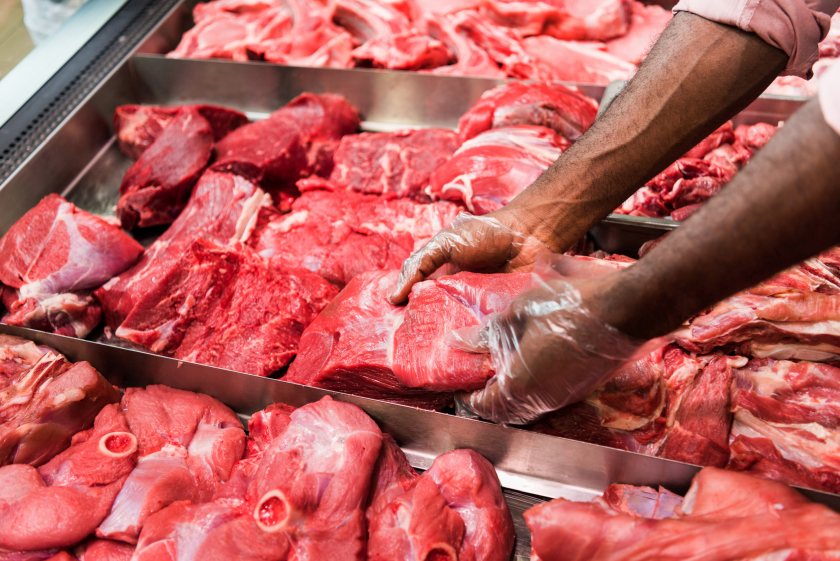
Slashing meat and dairy from children’s diets could backfire on health unless carefully replaced with nutrient-rich foods, Quality Meat Scotland (QMS) has warned.
The warning comes in response to a new report from Food Standards Scotland (FSS) and the University of Edinburgh, which modelled the impact of reducing meat and dairy on nutrition and greenhouse gas emissions.
The research, based on the 2024 dietary intake in Scotland’s children (DISH) survey, found that cutting back could lower dietary emissions by up to 28% and help support the Scottish Dietary Goals — which encourage more fruit and vegetables, moderating red and processed meat, and reducing saturated fat.
But the study also concluded that these changes must be supported by substitutions such as pulses, legumes, eggs, oily fish and plant-based alternatives to avoid nutritional shortfalls.
QMS chief executive Sarah Millar said the research highlights why red meat continues to play an important role in young people’s diets.
She pointed out that 90% of Scottish children still eat red meat, which provides “a rich and bioavailable source of key nutrients needed for optimal health,” including iron, selenium, B vitamins, zinc and vitamin D.
She stressed that this is particularly important for teenagers, already identified as a group with low intakes of several essential micronutrients. While replacements could help, she said the findings show they “could mitigate some – but not all – of the negative impacts on nutrient intake.”
Alana McDonald, senior public health nutritionist at FSS, said the report underlines the need to balance climate goals with children’s health.
She explained that improving diets overall can also contribute to sustainability, but warned that “meat and dairy are sources of several micronutrients for children and young people.”
While supporting the aim of cutting emissions, she added that “it’s vital that dietary changes are made to bring our diets closer to the Eatwell Guide.”
Professor Lindsay Jaacks, chair of global health and nutrition at the University of Edinburgh, said the modelling shows it is possible to reduce meat and dairy in line with climate targets while improving adherence to the Scottish Dietary Goals.
She cautioned, however, that “in order to improve micronutrient intakes at the same time, healthy alternatives should be promoted alongside reductions in meat and dairy.”
Millar reiterated QMS’s concerns about national carbon budget recommendations, arguing that they can overlook agriculture’s contribution to food security, biodiversity and climate mitigation.
She said: “Given that significant improvements are needed to the overall diets of children and young people, we also support the emphasis on carefully balancing any future dietary changes to avoid worsening existing health and nutrition insufficiencies.”
